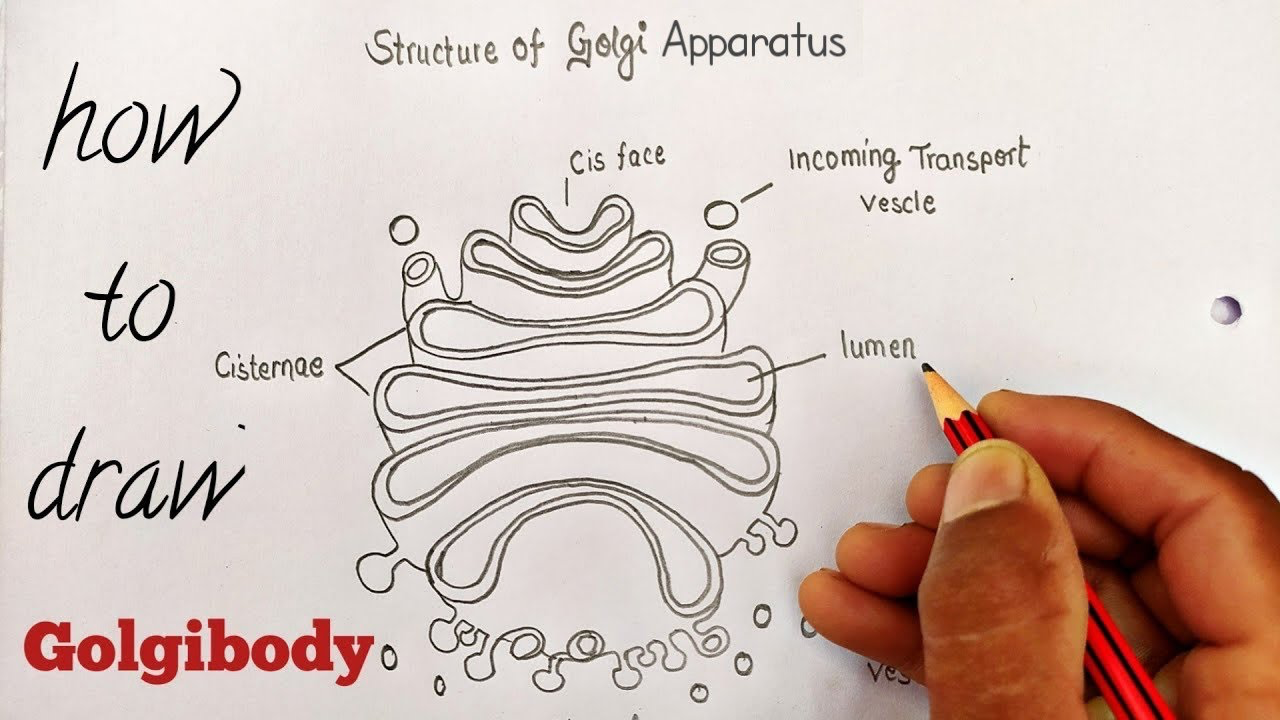20. golgi apparatus
1/3
There's no tags or description
Looks like no tags are added yet.
Name | Mastery | Learn | Test | Matching | Spaced |
|---|
No study sessions yet.
4 Terms
.
named after camillo golgi (1898)
Structure: The Golgi apparatus is composed of smooth, membranous saccules, vesicles, and flattened cisternae stacked in a specific order.
Function: It is a dynamic organelle complex responsible for the final post-translational modifications of proteins that are synthesized in the rough endoplasmic reticulum (rER). These modifications include glycosylation, phosphorylation, and sulfation, among others.
Protein Processing: The Golgi apparatus packages, sorts, and addresses these modified proteins, directing them to their correct destinations within or outside the cell, such as the plasma membrane, lysosomes, or for secretion.
morphology and function
Golgi Apparatus:
Receiving Region (Cis Face): The cis face of the Golgi apparatus, located adjacent to the rough endoplasmic reticulum (rER), is the receiving region. Material from the rER cisternae is transported to the Golgi apparatus in small vesicles.
Shipping Region (Trans Face): The trans face, on the opposite side of the Golgi apparatus, is where larger saccules accumulate, condense, and generate vesicles. These vesicles carry the processed protein products to their final destinations, such as various organelles or the plasma membrane.
Vesicle Movement: The movement of vesicles through the Golgi apparatus is guided by coat proteins. Anterograde movement (from the ER to the Golgi and through the Golgi) is mediated by COP II proteins, while retrograde movement (from the Golgi back to the ER) is mediated by COP I proteins.
Protein Packaging and Destination: After proteins are modified within the Golgi apparatus, they are packaged into vesicles. These vesicles, coated with specific proteins, direct the modified proteins to their final destinations, such as lysosomes, the plasma membrane, or for secretion from the cell via exocytosis.


..